Stormwater Pollution Affects Everyone!
By Mark Frazier, Vice President/National Regulatory Affairs (Tulsa)
Mark Frazier holds a Bachelor of Business Administration degree from Oklahoma State University (Stillwater) and has over 20 years of experience in the Environmental, Health & Safety (EHS) Compliance field as a Certified Regulatory Compliance Specialist.
Stormwater management regulations and best practices are essential for protecting water quality, reducing flood risks, and managing the impacts of urbanization on the environment. These regulations and practices can vary by country, state, or municipality, but generally aim to manage the flow of rainwater runoff in a way that minimizes pollution, erosion, and other negative impacts.
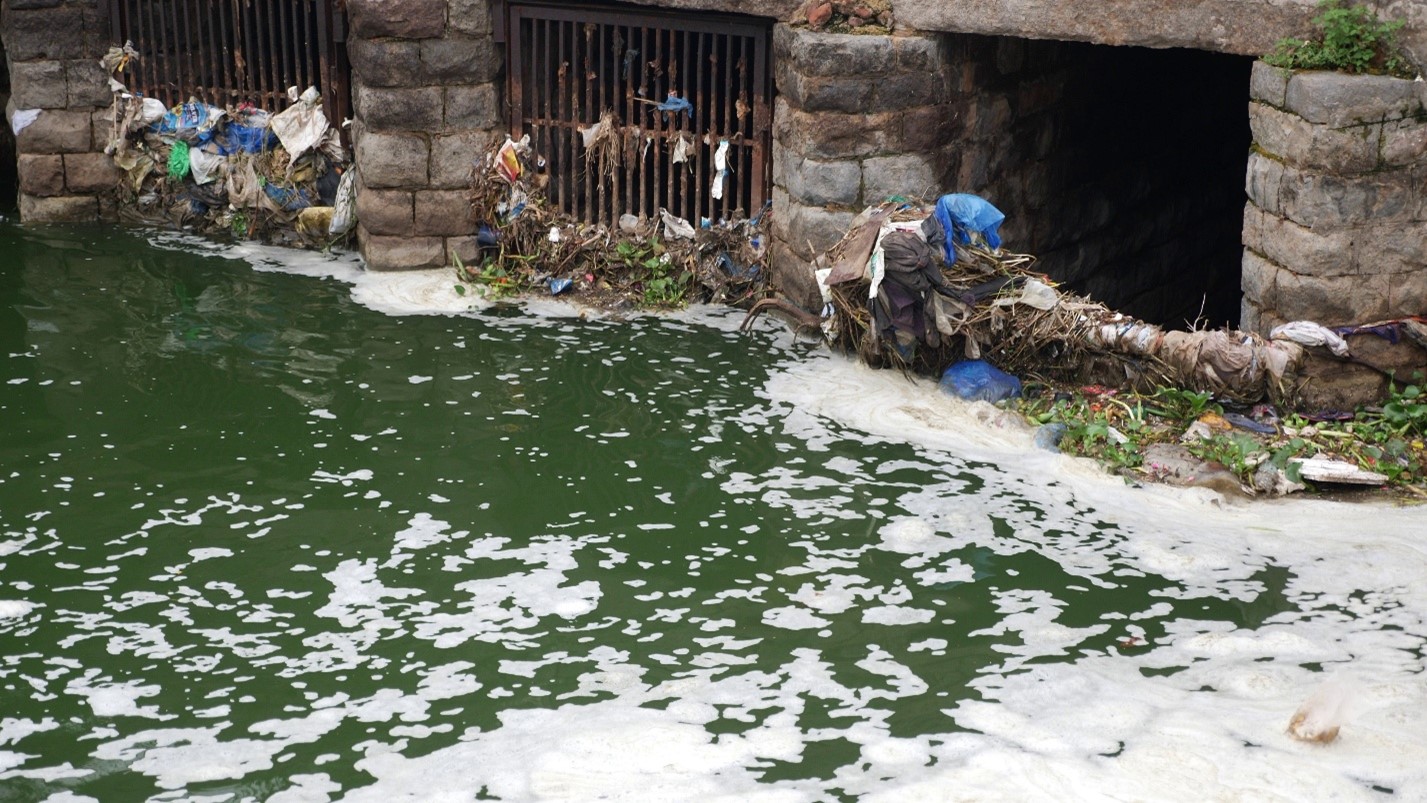
Key Regulations for Stormwater Management
-
National and Local Stormwater Regulations:
- In the U.S., stormwater regulations are largely governed by the Clean Water Act (CWA) and implemented through National Pollutant Discharge Elimination System (NPDES) permits issued by the Environmental Protection Agency (EPA) or state agencies.
- The Municipal Separate Storm Sewer System (MS4) Program requires municipalities to control the discharge of stormwater runoff from urban areas.
- State-Specific Regulations: Many states, like California, New York, and Washington, have additional stormwater regulations that go beyond federal standards.
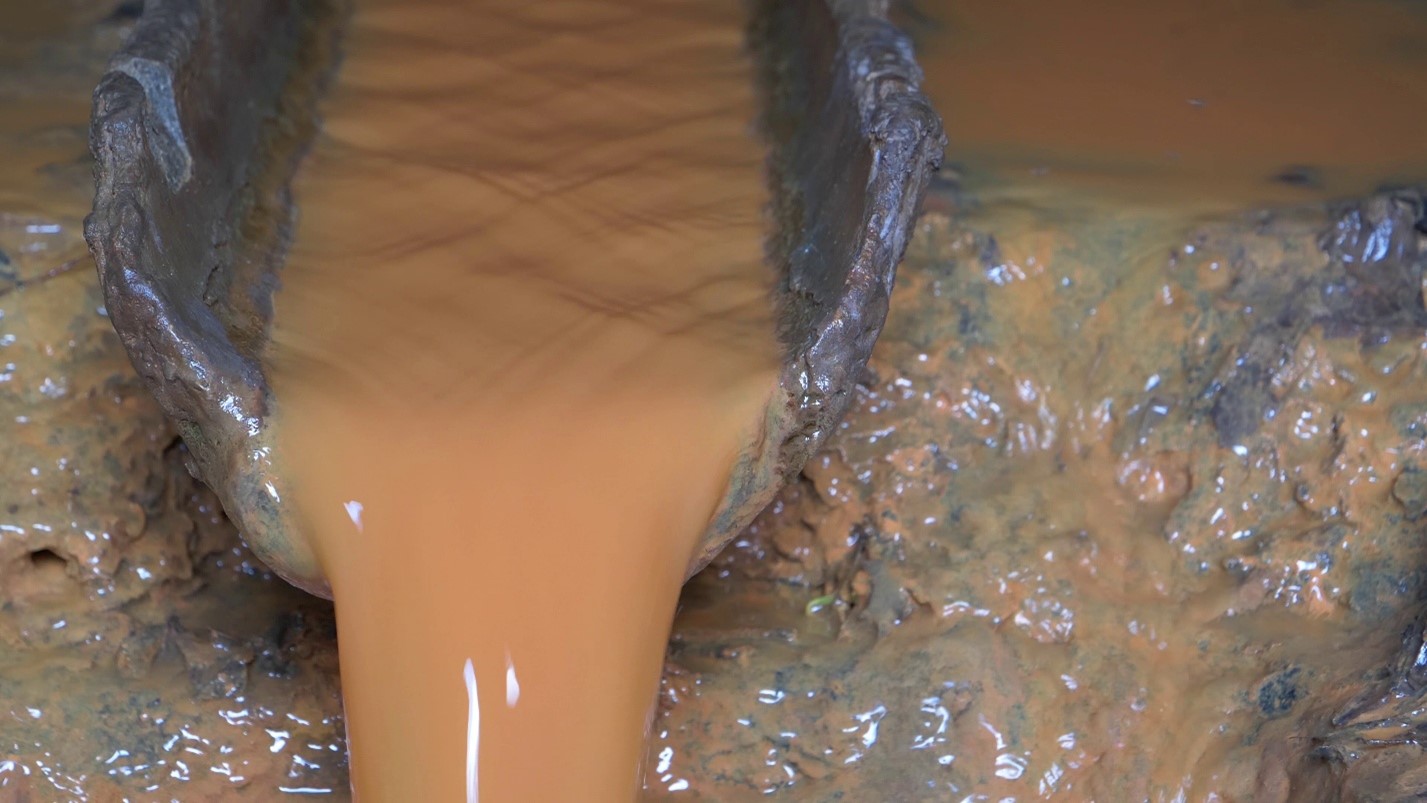
-
Water Quality Standards:
- Regulations often specify water quality standards for stormwater discharges, ensuring that pollutants (e.g., sediments, chemicals, oil) are minimized before runoff enters rivers, lakes, or oceans.
- This includes regulating Total Maximum Daily Loads (TMDLs), which set limits on the amount of pollutants that can be present in water bodies.
-
Low Impact Development (LID) Requirements:
- Many areas require or encourage Low Impact Development (LID) practices, which emphasize the use of natural systems or built systems that mimic natural hydrology (e.g., green roofs, permeable pavements, vegetated swales).
- LID practices reduce the amount of impervious surfaces and encourage infiltration, evapotranspiration, and stormwater reuse.
-
Best Management Practices (BMPs):
- Municipalities and developers are often required to implement Best Management Practices (BMPs) for stormwater control. These practices can range from simple measures like proper landscaping to more complex infrastructure like retention basins or treatment systems.
- Structural BMPs: Retention basins, detention ponds, bio-retention areas, infiltration trenches, and constructed wetlands.
- Non-structural BMPs: Public education, stormwater management planning, good housekeeping practices, and water quality monitoring.
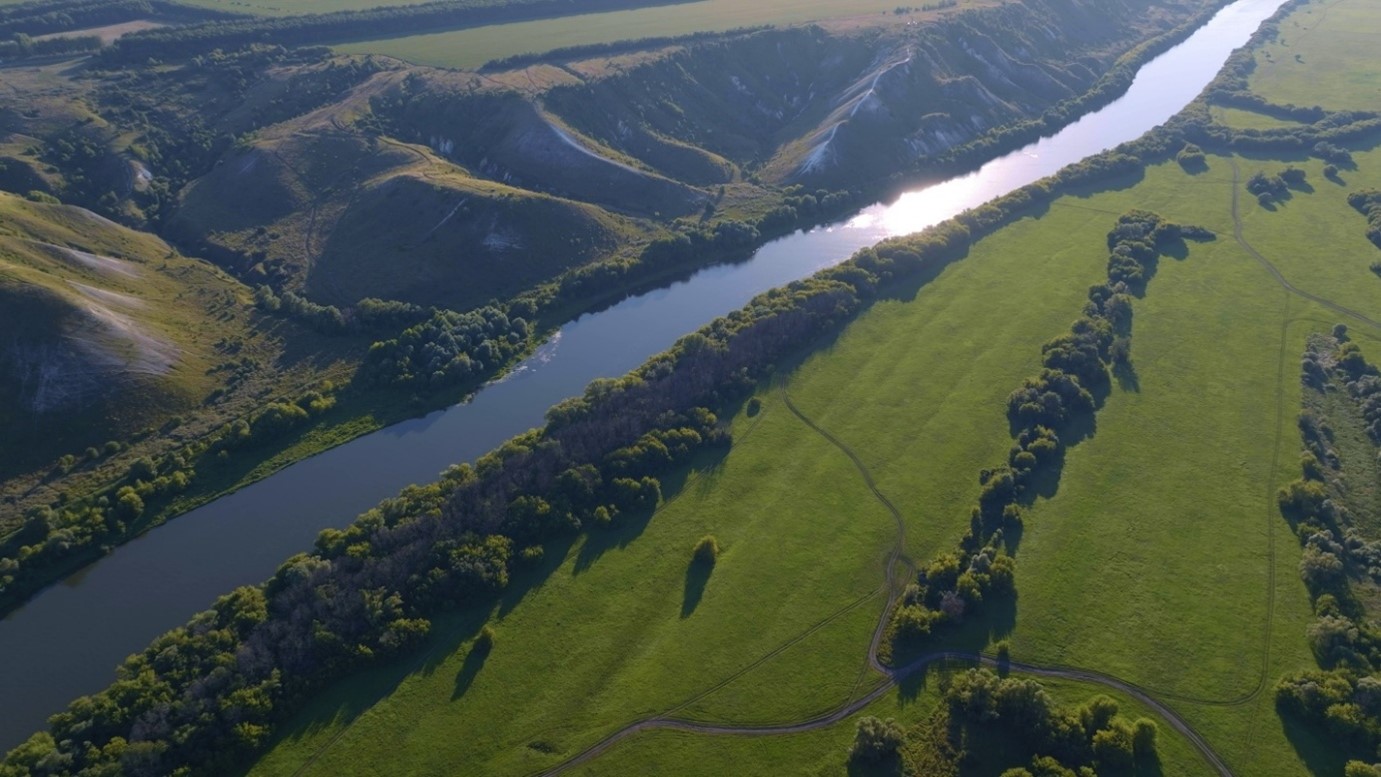
Best Practices in Stormwater Management
- Green Infrastructure (GI):
- Green roofs: Reduce runoff by capturing rainfall and encouraging evapotranspiration.
- Permeable pavements: Allow water to infiltrate the ground instead of running off into storm drains.
- Rain gardens and bio-retention basins: Landscaping features that capture, slow, and treat stormwater runoff.
- Vegetated swales: Shallow, vegetated channels designed to treat and manage runoff.
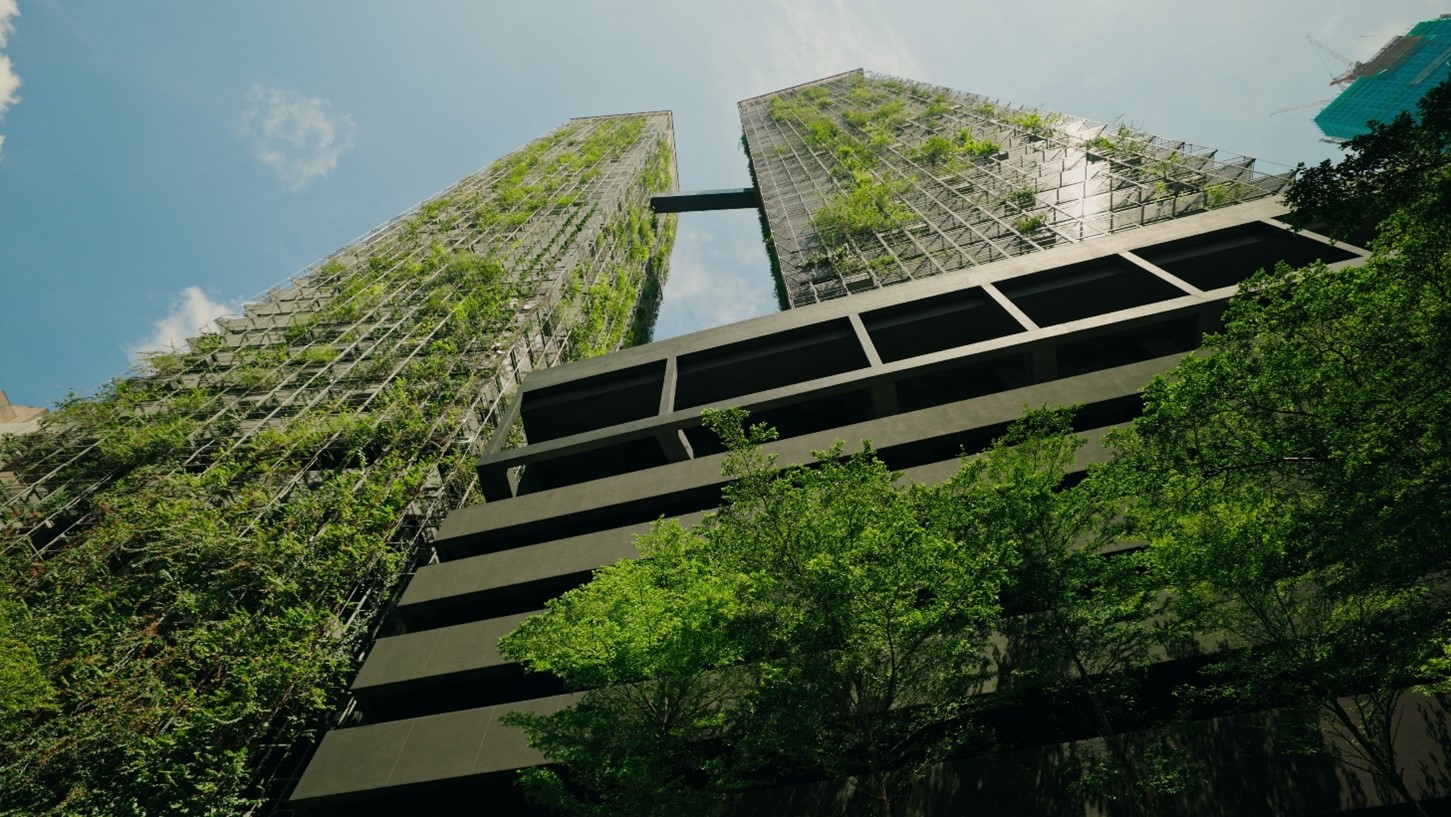
- Stormwater Harvesting and Reuse:
- Rainwater harvesting systems can be used to collect and store rainwater for non-potable uses (e.g., irrigation, industrial processes, or even toilet flushing).
- Stormwater reuse involves treating stormwater to a quality suitable for irrigation, cooling, or other uses that reduce reliance on potable water.
- Detention and Retention Systems:
- Detention ponds: Temporarily store stormwater and release it at a controlled rate to prevent downstream flooding.
- Retention ponds: Designed to hold water indefinitely, promoting infiltration and water quality treatment.
- Erosion and Sediment Control:
- Control measures to prevent soil erosion during construction projects are critical for managing stormwater. These may include silt fences, sediment basins, and stabilization techniques for disturbed soil areas.
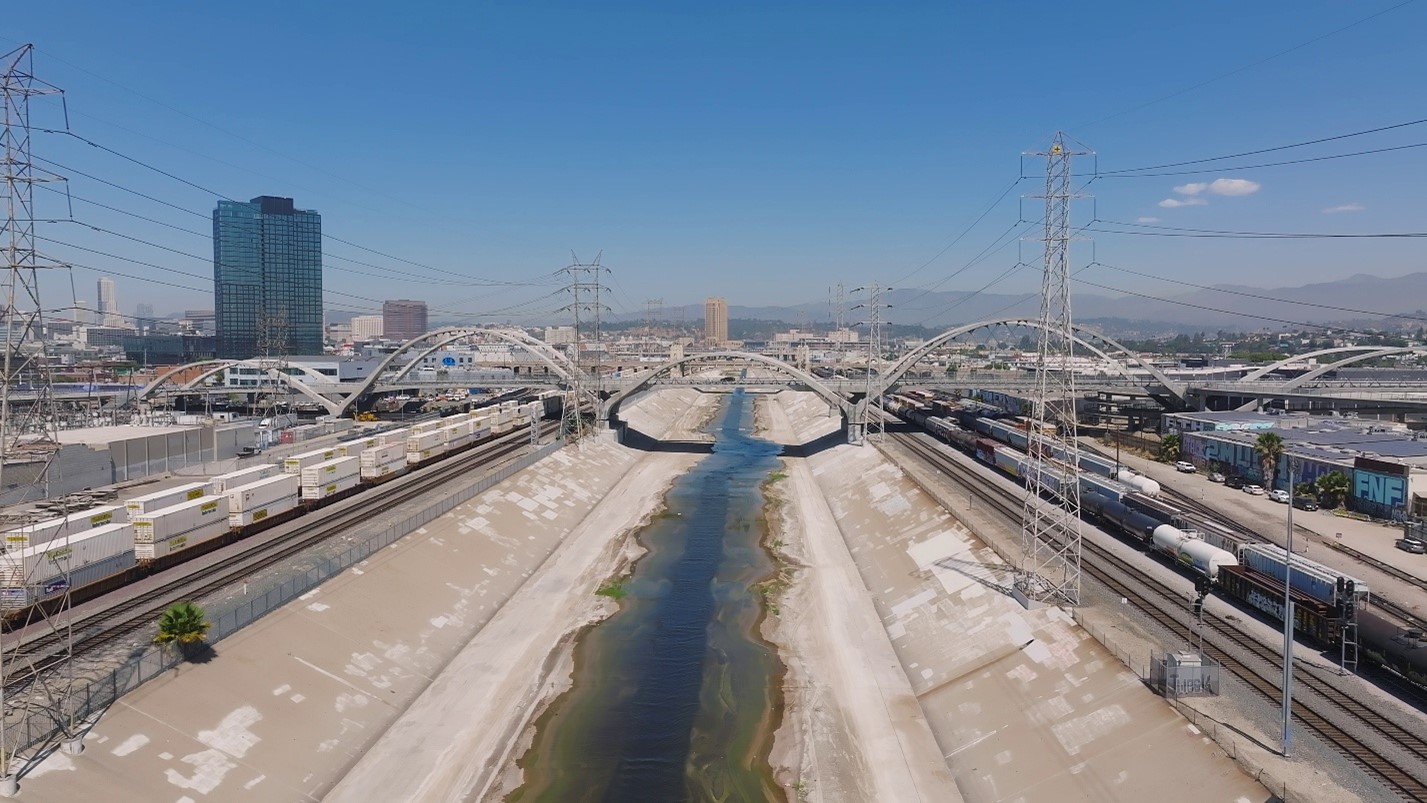
- Pollution Prevention:
- Proper waste management practices, such as preventing trash, oil, and chemicals from entering stormwater systems.
- Regular inspection and maintenance of stormwater infrastructure, including catch basins, drainage channels, and outfalls.
- Stormwater Quality Treatment:
- Oil/water separators: To remove oil and grease from runoff.
- Stormwater filtration systems (e.g., sand filters, cartridge filters) to remove fine particles and pollutants.
- Floating wetlands and other biofiltration systems for treatment.
- Monitoring and Maintenance:
- Regular inspection of stormwater systems to identify blockages, erosion, or system failures.
- Monitoring of water quality to ensure compliance with discharge regulations, typically involving testing for common pollutants like total suspended solids (TSS), heavy metals, nutrients, and hydrocarbons.
Stormwater Management in Urban Areas
Urbanization leads to more impervious surfaces (roads, buildings, parking lots), which increases the volume and velocity of stormwater runoff. Best practices for stormwater management in these areas include:
- Street Design: Create streets that encourage runoff infiltration, such as using permeable materials or incorporating green infrastructure into the design.
- Floodplain Management: Protect and restore natural floodplains to help absorb and store excess stormwater during heavy rain events.
- Stormwater Utilities: Many municipalities establish stormwater utilities that charge property owners a fee for the stormwater runoff generated by their properties. The revenue is used to fund infrastructure and maintenance.
- Community Engagement and Education: Engage the community in stormwater management by educating about proper disposal of chemicals, the importance of reducing impervious surfaces, and participating in rainwater harvesting programs.
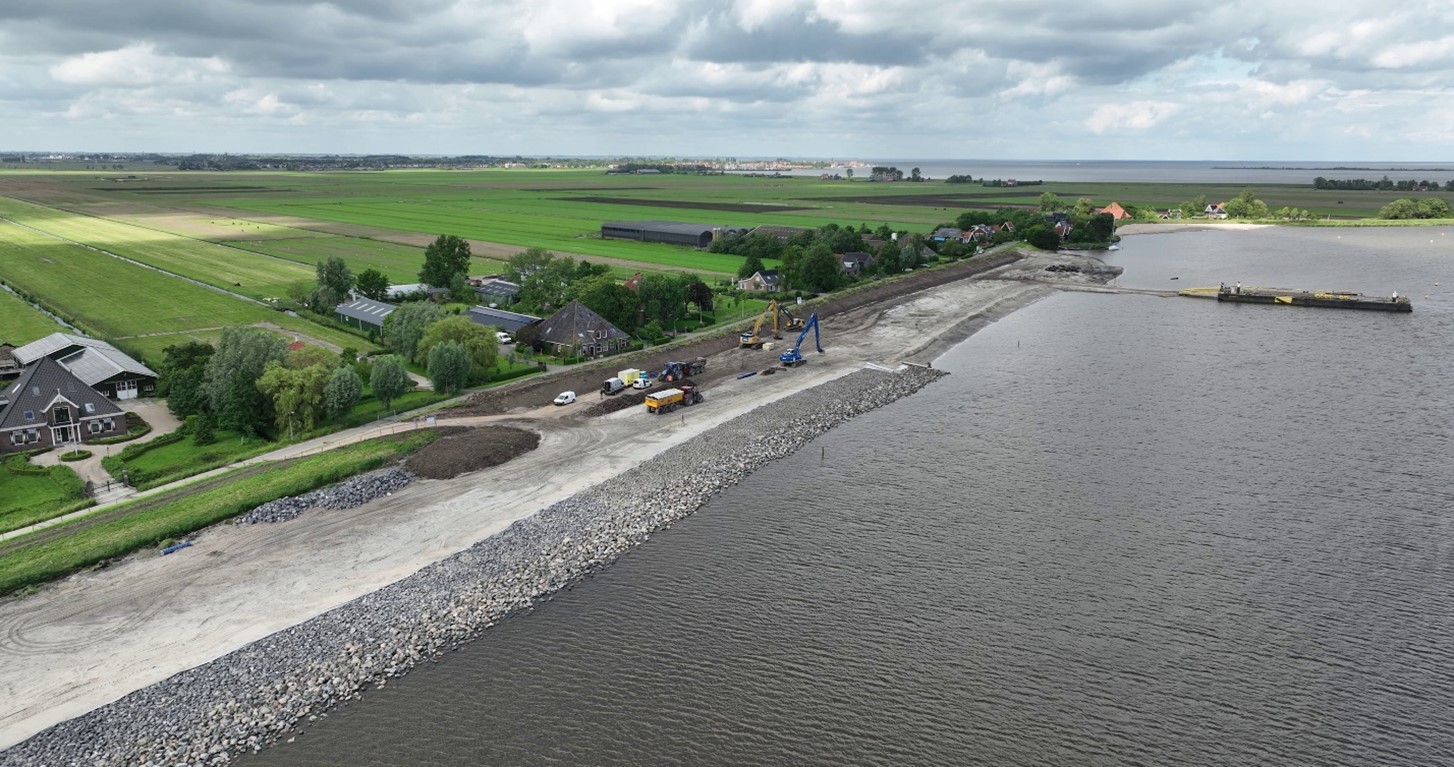
Summary
Stormwater management is critical for both urban and rural areas to protect water quality and reduce flooding. Regulations and best practices work together to ensure that rainwater runoff is managed in a way that minimizes harm to the environment and maximizes resource reuse. Practices such as green infrastructure, LID, BMPs, stormwater harvesting, and water quality treatment are all part of a holistic approach to effective stormwater management.